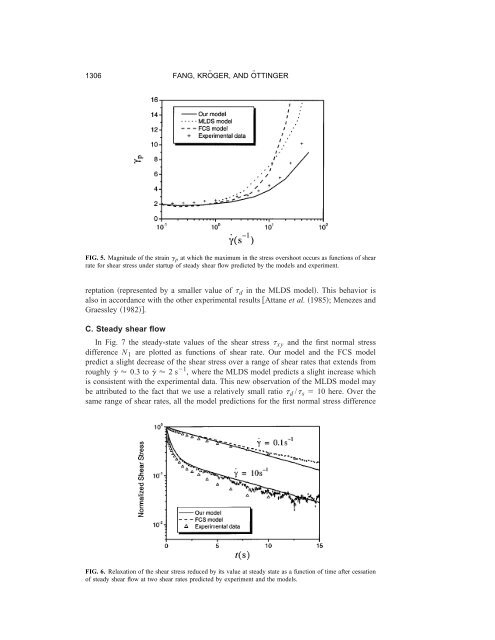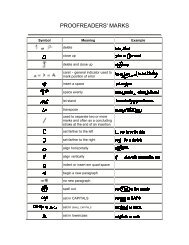View - Martin Kröger - ETH Zürich
View - Martin Kröger - ETH Zürich
View - Martin Kröger - ETH Zürich
You also want an ePaper? Increase the reach of your titles
YUMPU automatically turns print PDFs into web optimized ePapers that Google loves.
1306 FANG, KRÖGER, AND ÖTTINGER<br />
FIG. 5. Magnitude of the strain p at which the maximum in the stress overshoot occurs as functions of shear<br />
rate for shear stress under startup of steady shear flow predicted by the models and experiment.<br />
reptation represented by a smaller value of d in the MLDS model. This behavior is<br />
also in accordance with the other experimental results Attane et al. 1985; Menezes and<br />
Graessley 1982.<br />
C. Steady shear flow<br />
In Fig. 7 the steady-state values of the shear stress xy and the first normal stress<br />
difference N 1 are plotted as functions of shear rate. Our model and the FCS model<br />
predict a slight decrease of the shear stress over a range of shear rates that extends from<br />
roughly ˙ 0.3 to ˙ 2s 1 , where the MLDS model predicts a slight increase which<br />
is consistent with the experimental data. This new observation of the MLDS model may<br />
be attributed to the fact that we use a relatively small ratio d / s 10 here. Over the<br />
same range of shear rates, all the model predictions for the first normal stress difference<br />
FIG. 6. Relaxation of the shear stress reduced by its value at steady state as a function of time after cessation<br />
of steady shear flow at two shear rates predicted by experiment and the models.





